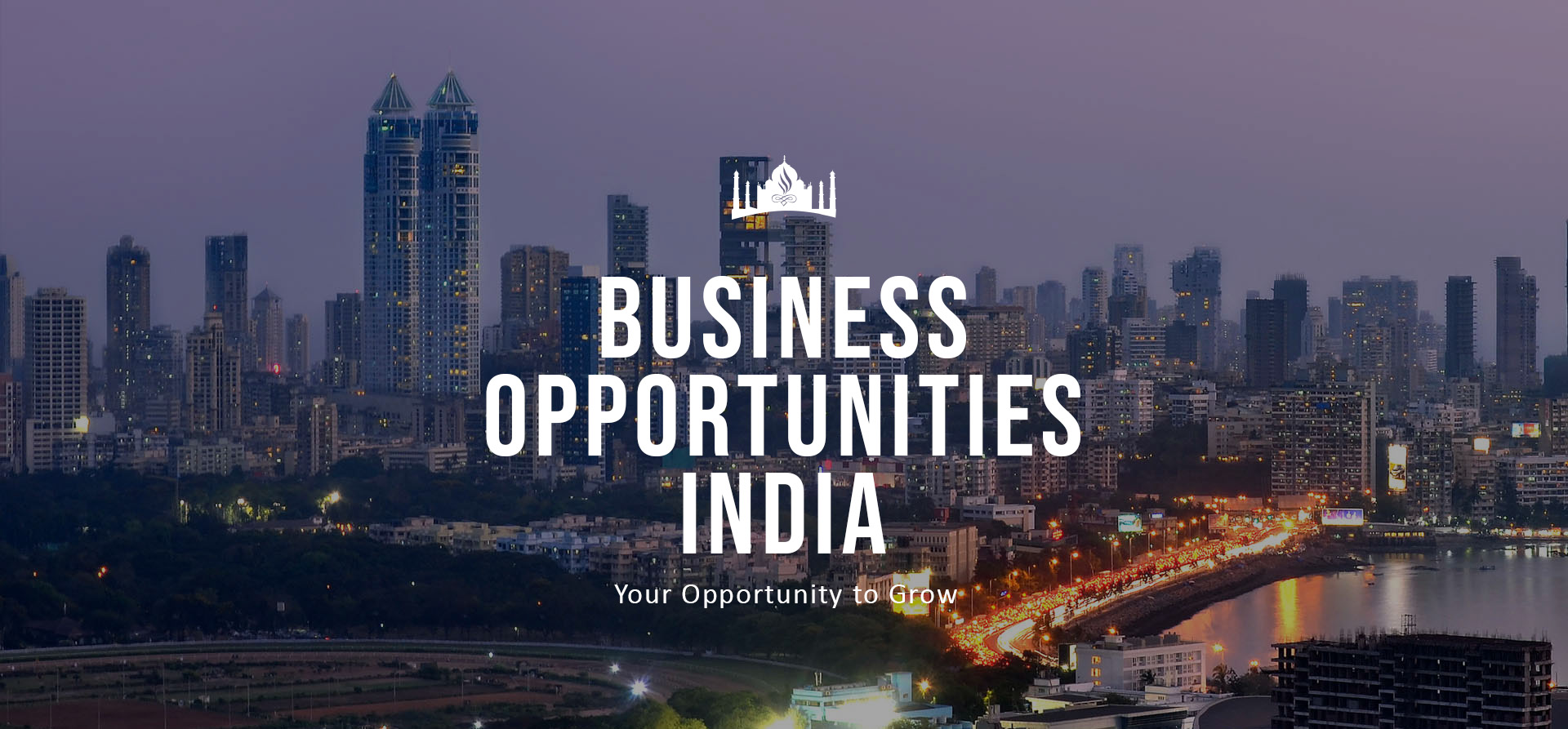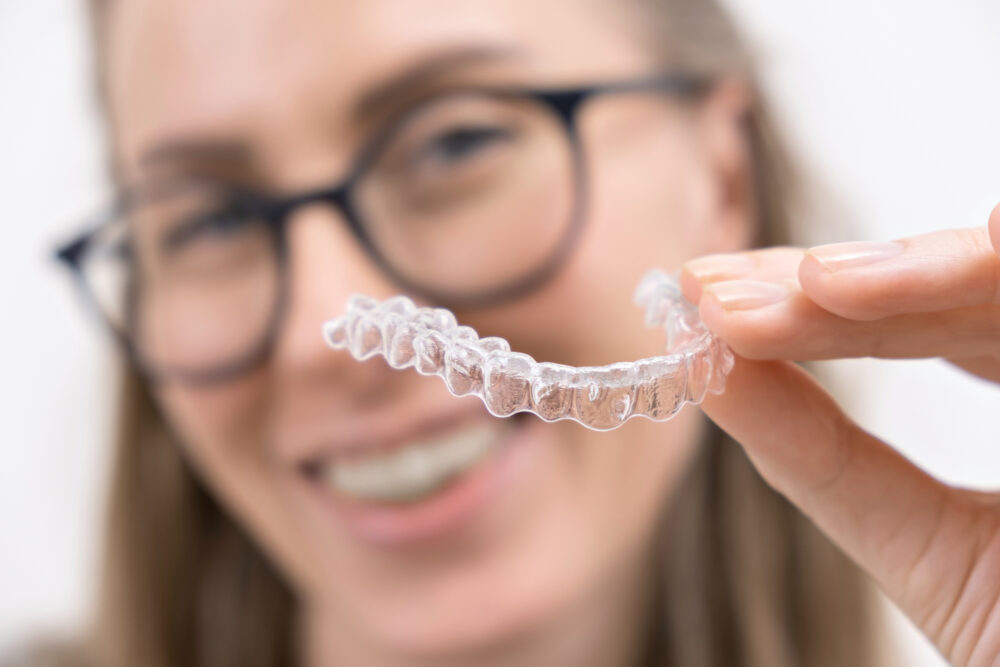Indian Orthodontics: an Historical Perspective
Just as Hippocrates is considered the father of modern medicine, in the Indian medicine system of Ayurveda, Lord Dhanvantari is considered the same; since he was the first divine incarnation to impart this wisdom to humans.
He first appeared during the great churning of the cosmic ocean of milk (Samudramanthan) to deliver amrit (ambrosia, or Divine nectar) to the demigods. Dhanvantari also refers to Ayurveda and is strongly associated with the rich medical tradition and hierarchy of the history of medicine in India. An aspect to the origin of dentistry also taken into consideration is Dantewada, a small town in Chhattisgarh, which has a statue of Danteshwari Devi (Goddess Parvati). It is believed that this place is called Dantewada as Goddess Parvati’s tooth broke off and fell there. Dentistry is portrayed in the epic of Mahabharata: Krishnain Mahabharata wanted to test the ‘danaveerata’ of dying Karanin on the battlefield of Kurukshetra. Disguised as Brahmin, Krishna asks for a donation of gold and Karan proves his worth by bequeathing his gold-filled tooth.
Researchers at the University of Missouri found on the biting surface of male molars 8000 to 9000 years old, proof that ancient Indian dentists had developed technology to drill teeth and remove decay. This discovery is considered the oldest example of dentistry in the history of mankind.
Dentistry was held to be of divine origin in India, with ancient Ayurvedic literature contains many interesting observations and treatments for dental diseases. The Indian sage Sushruta is universally acclaimed as the first dental anatomist in the world. Tradition dating from as early as 5000 BC, has it that the twin sons of the Sun, the Ashvins, imparted their holy knowledge to Indra, who handed down the science of life to Dhanvantari. Dhanvantari, the deity of medicine, further imparted this truth to Sushruta, who taught the anatomy and methods of dentistry to Kashi, in around 600 AD.
During that period, dentistry flourished and Sushruta wrote the medical text ‘Sushruta Samhita’ which along with the Ayurveda, described oral cavity diseases and treatments and the importance of tongue hygiene. Ancient tongue scrapers have been found in archaeological digs on many continents, with tongue scraping an Ayurvedic method of detoxification, often in conjunction with oil pulling.
Until the early 1600s clove oil was used for tooth pain and other herb mixtures reducing mouth swelling.
Thereafter dentistry remained basically unexplored. During the Mughal Empire (1526-1761) even dental awareness stagnated. The British introduced Western dentistry to India in the 19th century, initially for East India Company employees. It later became available to British officials and their staff. Medical officers were trained and British doctors invited from UK. Private practices expanded to public, and in 1850s the British Government established medical colleges in India. Dental care was available in hospitals for the extraction of teeth, but for long time, dentistry remained predominantly in the hands of the unqualified.
Without dental education there is no orthodontics; the beginning of which can’t be considered without the beginning of dental education in India. In the 1930s there was no Dentist Act, no official associations, and the number of dentists in the country was extremely limited with most of them UK or US educated. 1920 was the year the first private Dental College was established in Calcutta (now Kolkata). Personally funded by Dr Rafiuddin Ahmed (1890-1965), he is regarded as the modern-day Father of Indian Dentistry.
The second dental college in 1927 was started in Karachi by Dr M.K Patelin. Six years later Bombay had the third – Nair Hospital Dental College.
The first orthodontics course was introduced in 1965.
Orthodontics for children and teenagers would not be possible were it not for the first Department of Orthodontics, established in 1939 in Nair Hospital Dental College under Dr H.D Merchant. King George Medical College, Lucknow, now known as Chhatrapati Shahuji Maharaj Medical University, is the only dental university of its kind in India, and one of only four dental universities in the world. CSMMU is the only dental university to have rendered cutting edge technology and techniques since 1949.
Orthodontists with incredible skill, precision instruments and amazing technology can be found worldwide and Invisalign services can be found anywhere. Dental health has been known as a priority for thousands of years for the maintenance of wellbeing, with current research very focussed on its effect on human microbiome.


